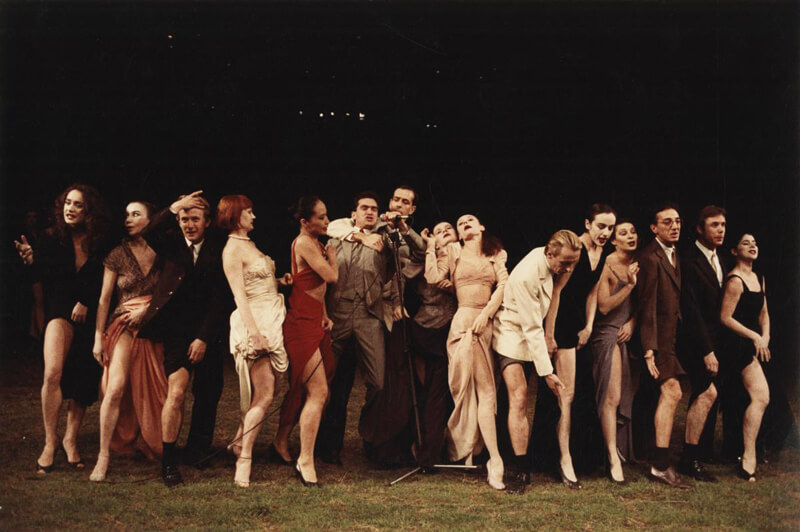From the 1980s onwards, the historical developments in contemporary dance refracted like light through a prism into different aesthetics and ways of making dance. The experiments of the North American avant-garde of the 1960s and the issues raised in postmodern dance required updating dance’s relationship to the world and the audience, encouraging an interest in minimalist movement and different spaces and stages for dance. Many choreographers worked on movement with an increasing awareness of the means, aesthetics and starting points of theatre, performance art and music. Technological developments spread information and images more rapidly from one country to another and dance became more visible as part of (popular) culture. Conversely, elements of popular culture and references to it became established as part of contemporary dance. Institutional support extended beyond ballet, increasingly also to contemporary dance.
Liisa Pentti: Pina Bausch – Historically Conscious and Radical Reformer of Dance Theatre
- Interpreter of Her Era
- Early Experiments
- Developing Aesthetics and Methods
- The Golden Pieces and the Postdramatic Stage
- International Collaborations
Liisa Pentti: Anne Teresa De Keersmaeker – Minimalist of European Art Dance
- Choreography and Writing (l’écriture)
- Relationship to Judson Dance Theater and Contemporary Dance
- The Company Rosas
- The Performing Arts Research and Training Studios (P.A.R.T.S.)
Aino Kukkonen: DV8 Physical Theatre as an Example of Norm Critical Dance Theatre
- No need to Please
- The Postmodern Subject and Importance of the Gaze
